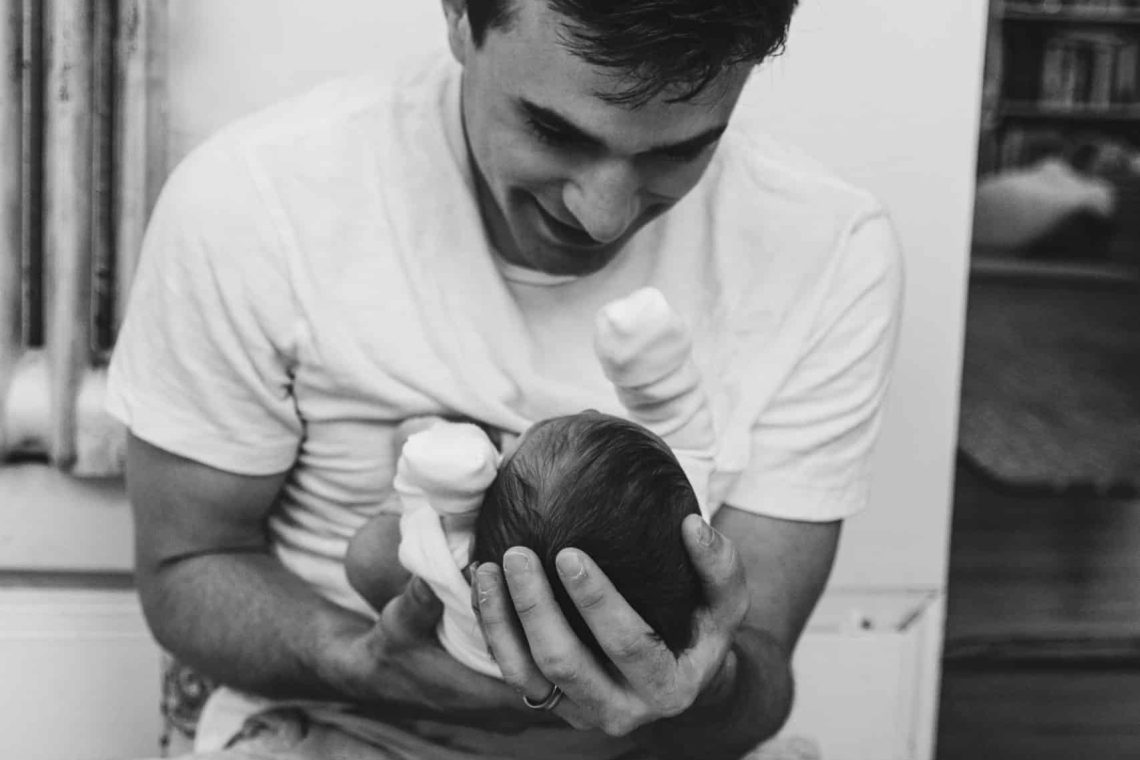“Talk to your baby” they say! But how and what am I supposed to say?
Luckily, it’s really easy. The easiest way to start talking to your baby is by telling them what is happening to them!
Communication is the cornerstone of every relationship and that includes the relationship we have with our children. Everything stems from communication. It is such a vast topic with many aspects that can be delved into much deeper. For now I wanted to focus on one specific point which is: communicating to our children what is going to happen / about to happen.
This is an excellent habit to get into right from the very beginning. We’re creating a comfortable and honest relationship in which discussing events and emotions is completely natural.
When your child is a toddler it is extremely helpful for them to know what is going to happen. It allows them to process the event and mentally prepare for the transition. It can help minimise surprises and unexpected changes which often lead to resistance and tantrums. Our children learn to trust that what we say will happen and feel comfortable in knowing what to expect, that we’ll always give them a ‘heads up.’
When your child is a teenager communication will be absolutely vital for you to maintain a relationship of trust. You will want them to come to you with problems, fears, hurts etc not shut away from you.
Of course, we start communicating with our babies right from birth. Songs, playing games using ‘babyspeak’ – there is a place for that. But also let’s remember to just talk to them. Respectful communication is genuine and authentic. We honestly and truly communicate about things that are relevant to them.
Children absorb language as a whole, we do not need to teach them words out of context. Talking about meaningful, real things provides the most natural way for your baby to learn language. They will very quickly pick up that what you are saying is meant for them.
“When we talk to him fondly, the baby realises that these words are meant for him, and begins to grasp that we are saying them intentionally.” – Maria Montessori
It’s important to remember that communication is a two way process. We are modelling and teaching our children not just to talk, but also to listen.
We need to give our children time and wait for them to respond. Children need more time to process auditory input compared to adults. At first these responses will of course be non-verbal. A baby who has been told they will be picked up might slightly raise their head or lift up their arms. By waiting, giving them a chance to respond and observing we will begin to notice such non-verbal responses. It’s as if they’re saying “OK, I’m ready.”
When they’re a little older they will start babbling at us. Babbling is communicating. They are having a conversation with us! Even though we cannot exactly understand what they are saying we can show them that we are listening to them. We are modelling to them how a conversation goes and how to listen. We are also at the same time showing them that we value and respect their voice. “Oh wow, you are saying a lot today. I know, I heard that loud noise too! That was a lorry driving past.”
How do we do this?
Before you pick your baby up (or place them down), take 5 seconds to tell them what you are about to do and wait for a response.
You can say: I” am going to pick you up now” while holding your hands out towards them, or gently placing your hands under their arms. This will let your baby know what is about to happen both verbally and non-verbally.
Same with the opposite. Before you place your baby down, look into their eyes while they are in your arms and tell them: “I am going to lay you down here for 2 minutes while I get a drink and I will be back shortly.” Don’t be afraid to be honest.
Imagine being all snuggled up warm in your parent’s arms and then suddenly without any warning you find yourself laying on a mat! Huh? What just happened? If you take an extra few seconds, lower them down slowly they will realise that a change is happening. It’s not to say they will be thrilled by it (what baby likes to be put down!?) but at least they will be prepared.
During dressing or a nappy change, talk them through each step, give them a chance to respond and you will soon see how involved in the process they are.
“I am going to take your nappy off now. (For an older child: Would you like to open the straps?) I am going to wipe you now, can you pass me the wipes? Oh I see, you are wriggling you want to be on your tummy. (wait a while) I am going to turn you over onto your back again so I can put your clean nappy on. I need you to lift your leg up, oh thank you!”
When getting in the pushchair or car seat: “After we have put your shoes on I am going to put you in your pushchair. Ok, your shoes are on I will pick you up and put you in your pushchair now. I need to put this arm into the strap. Now I need this arm, thank you.” You can gently touch whichever arm you are putting in, which gives them a sensory input as well. “Great, you’re in now we need to click the buckle, click!”
Toddlers really want to be involved, especially when it’s something that is happening TO them. By inviting them to participate, have some sort of involvement and giving them a little bit of control they might feel less urge to resist and get frustrated.
Most importantly, ENJOY talking to your children. Enjoy watching your newborn’s responses, enjoy your baby’s babbling and enjoy your toddler’s language exploration.
Photo by Kelly Sikkema on Unsplash


